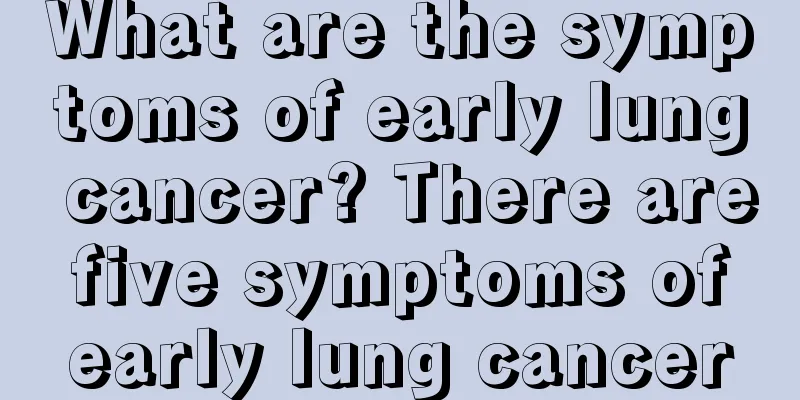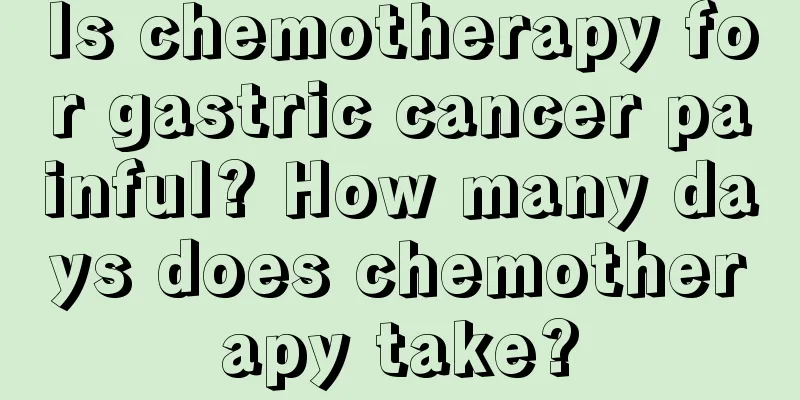How to completely cure glioma

|
Glioma is a tumor that occurs in the neuroectoderm. Nowadays, the number of people suffering from glioma is gradually increasing, which poses a threat to people's health. Therefore, we must take effective methods to treat it. So, how to completely treat glioma? 1. Surgery The principle is to remove the tumor as much as possible while preserving neurological function. Early stage tumors that are small should be completely removed. For larger tumors located in the frontal lobe or the anterior part of the temporal lobe, lobectomy can be performed to remove the tumor together. Hemispherectomy can also be performed for tumors that involve more than two lobes of the cerebral hemisphere and cause hemiplegia but have not invaded the basal ganglia, thalamus, and the contralateral side. For patients with tumors located in the motor and speech areas without obvious hemiplegia or aphasia, attention should be paid to maintaining neurological function and appropriately removing the tumor to avoid serious sequelae. Decompression surgery under the temporalis muscle or craniectomy can be performed at the same time. Decompression surgery can also be performed only after biopsy. For patients with thalamic tumors compressing and blocking the third ventricle, shunt surgery can be performed, otherwise decompression surgery can also be performed. For ventricular tumors, the brain tissue can be cut from non-important functional areas to enter the ventricles according to their location, and the tumor can be removed as much as possible to relieve ventricular obstruction. Care should be taken to avoid damaging the hypothalamus or brainstem adjacent to the tumor to prevent danger. In addition to small nodular or cystic brainstem tumors that can be removed, shunt surgery can be performed for those with increased intracranial pressure. For patients with critical conditions, dehydration drugs should be given first, and examinations and diagnosis should be performed as soon as possible, followed by surgical treatment. For posterior cranial fossa tumors, ventricular drainage can be performed first, and then surgical treatment can be performed after the condition improves and stabilizes. 2. Radiation therapy The sensitivity of various types of gliomas to radiotherapy varies. It is generally believed that poorly differentiated tumors are more sensitive than well-differentiated ones. Medulloblastoma is the most sensitive to radiotherapy, followed by ependymoblastoma. Glioblastoma multiforme is only moderately sensitive, and astrocytoma, oligodendroglioma, pinealoma, etc. are even worse. For medulloblastoma and ependymoma, because they are easy to spread with cerebrospinal fluid, full spinal canal irradiation should be included. 3. Chemotherapy Highly lipid-soluble chemotherapy drugs that can pass through the blood-brain barrier are suitable for brain gliomas. The drugs selected should still be mainly lipid-soluble. Gliomas can be treated with different treatments depending on the severity of the disease. In addition, you should also maintain a good attitude, because a good attitude is also the key to treating the disease. |
<<: What is the best treatment for glioma
>>: How to quickly treat glioma
Recommend
What are the effects and combinations of various scented teas? The benefits of drinking various scented teas
Spring is here, the Yang energy rises, and it is ...
How is liver cancer caused by eating? To prevent liver cancer, don't eat this kind of food
With the progress of society, people's bad ea...
Will functional uterine bleeding cause uterine cancer?
With the increase in the incidence of sexually tr...
Are there any side effects of anesthesia for tooth extraction?
Tooth extraction, that sounds like a scary word. ...
What are the symptoms of bladder cancer
Bladder cancer is a malignant tumor disease, and ...
What is a cold constitution?
In life, we always encounter people with cold han...
What color is the pulmonary effusion caused by lung cancer? Usually red
Doctors can judge the characteristics of the dise...
Why is there pain in the right ribs? There are actually two situations
Right rib pain is a condition that many people ex...
What are the uses of Vaseline
There are many skin care products related to Vase...
Is sirloin beef?
Beef is a common meat in our daily life. Many peo...
What are the symptoms of advanced liver cancer? Five symptoms of advanced liver cancer
For patients with advanced liver cancer, their li...
Can male kidney cancer patients have children?
In theory, male kidney cancer patients may still ...
What is Yangzhou formaldehyde detection
After many houses are renovated, they will be fil...
Vitamin B2 oral ulcers
Vitamin B2 is an essential nutrient for the human...
How to solve boys' morning erections
When men get up in the morning, they will find th...









